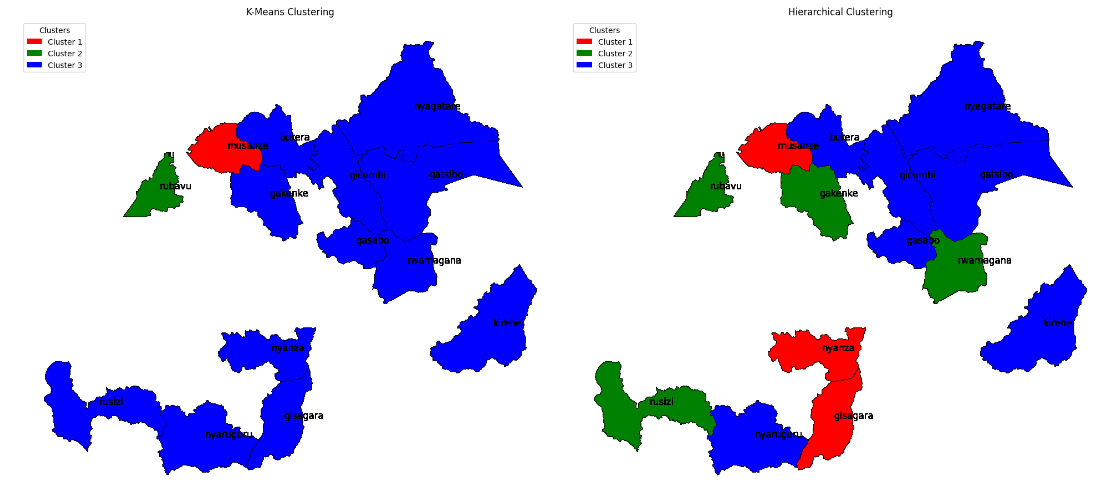
A Data-Driven Approach to Public Health Planning
As data-driven decision-making becomes the new norm. Health delivery in developing countries is being revolutionized through innovative machine-learning applications. Our recent project in Rwanda, however, shows how advanced analytics can drive public health planning and resource allocation.
The Challenge: Beyond Traditional Healthcare Data
As with many developing countries, Rwanda was not without its own critical health system challenges which was how to redistribute resources in the most efficient, equitable manner across the country which had varying levels of health needs based on geographic region. Previous methods have relied on aggregated national data, often overlooking vital local dynamics in disease incidence.
Our lead data scientist notes that regional health patterns are essential for effective healthcare delivery. But thousands of patient records spanning multiple regions — finding meaningful patterns in that is so much more complex.
Our Solution: Advanced Machine Learning Algorithms
To address this challenge, we implemented a sophisticated analytical approach using two powerful machine learning techniques:
- K-Means Clustering: This algorithm helped identify natural groupings in disease patterns across different regions.
- Hierarchical Clustering: This provided a more nuanced, multi-level view of disease distribution patterns.
Our technical implementation included:
-
- Comprehensive data preprocessing using Python and scikit-learn
- Principal Component Analysis (PCA) for dimension reduction
- Robust validation using multiple performance metrics
- Geospatial visualization of results
The Results: A Clear Picture of Regional Health Patterns
The complete study conducted by our team to measure the impact of diseases revealed that there were 3 combinations of disease across Rwanda:
Cluster 1 (Red)
-
- High malaria prevalence
- Moderate respiratory infections
- Low diarrhea disease incidence
Cluster 2 (Green)
-
- Low malaria rates
- Moderate respiratory infections
- High diarrhea disease prevalence
Cluster 3 (Blue)
-
- Moderate malaria presence
- Significantly high respiratory infection rates
- Moderate diarrheal disease levels
Here are the impressive metrics of our Hierarchical Clustering approach that make the highest performance:

Impact: Transforming Healthcare Delivery
These insights are already transforming healthcare delivery in Rwanda:
- Targeted Interventions: Regions with high malaria burden now receive focused prevention resources
- Resource Optimization: Medical supplies and personnel are allocated based on regional disease profiles
- Preventive Healthcare: Early warning systems for disease outbreaks are being developed using our models
- Policy Planning: Health authorities use our insights for long-term healthcare strategy development
Looking Forward: The Future of Data-Driven Healthcare
Through this project, we show how machine learning can improve public health planning. The more we perfect our models and collect data, the bigger the impact could be.
The beauty of this method which our team notes, is how scalable and flexible it is. The model is relevant to other regions and health systems have high potential as a global health lever.
Transforming Healthcare Through Data Science
Would you like to try and get the first look at the impact of the services of the machine learning in transforming the healthcare delivery in your area?
